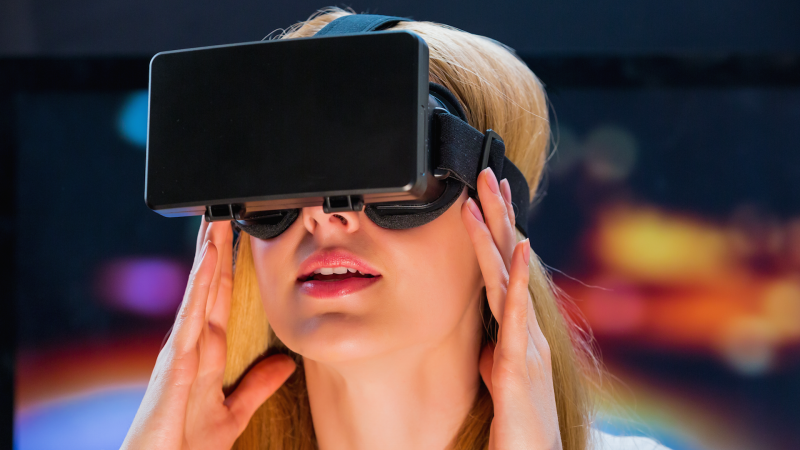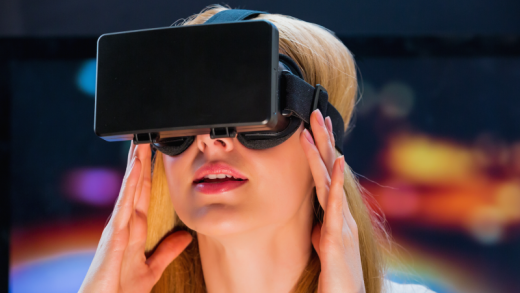MarTech Landscape: What is XR?
If you’re getting dizzy categorizing all the reality-transforming technologies, here’s an increasingly popular term that covers the entire channel.

Undoubtedly, you don’t need any new acronyms in your life. Even a short one like XR.
XR stands for Extended Reality, and it’s being used as the superset of all those technologies that aim to change what we know as reality. In this article, part of our MarTech Landscape Series, we look at how this short acronym can usefully serve as a shorthand for the reality transformation technologies.
There are a variety of descriptive names for the technologies that construct a reality that’s different from our everyday one.
The best-known one, Virtual Reality (VR), replaces everything with a completely simulated and responsive world, and, currently, it is primarily viewed through a headset.
Augmented Reality (AR) adds a layer of created objects — which can be realistic images, graphics or data — on top of the real world, and it is commonly seen through the viewer of a smartphone, since both iOS and Android now offer AR viewers. Or it can be seen through intelligent glasses, like Google Glass.
Mixed Reality is a term that began with a 1994 research paper by computer researchers Paul Milgram and Fumio Kishino, entitled “A Taxonomy of Mixed Reality Visual Displays.”
In their terminology, Mixed Reality covers all the variations of reality transformation between Real Reality at one end of a spectrum and completely new worlds generated in VR at the other end.
But others, including Microsoft, now use the Mixed Reality term differently. In their interpretation, it covers objects placed on top of actual reality, as with AR, but those objects interact with the rest of the world, as in VR. The massively funded startup Magic Leap, for instance, intends to push the envelope on Mixed Reality, in part by tracking where your eyes look at as well as where your head turns. Here’s a Microsoft video on the topic:
In Milgram and Kishino’s paper, there’s a “virtuality continuum” to represent the spectrum available between the absolutely real world and a fully virtual world. They describe one such variation, for instance, as Augmented Virtuality, where real-world objects show up in full virtual worlds, such as your real hands inside a VR environment.
Other variations could include Augmented Reality Audio, not to mention all those variations that will be named when other senses are added.
Accenture Managing Director and Head of Content Rori Duboff is one of those employing Extended Reality (XR) to describe the entire category.
She noted that there’s also 360-degree video, which some people describe as VR, although it’s recorded and not a live-interaction environment.
XR, she told me, not only covers the spectrum between complete reality and complete unreality, but makes it easier to describe this entire space as a channel. She compared it to the term “video,” which marketers employ for discussing that channel without getting hung up on whether it is 1080p HD, 4K or some other video variation.
It’s useful as a category label because the variations on that transformation are likely to continue, as reality-modifications become popular in social media and as fans make endless modifications to open source versions.
In fact, it may be that artificial enhancements of reality will eventually have as many variations as reality itself does. XR will then be even more useful as a shorthand for the many flavors of un-reality. Now, we just need a good shorthand for unadorned, plain ol’ reality.
Marketing Land – Internet Marketing News, Strategies & Tips
(37)



